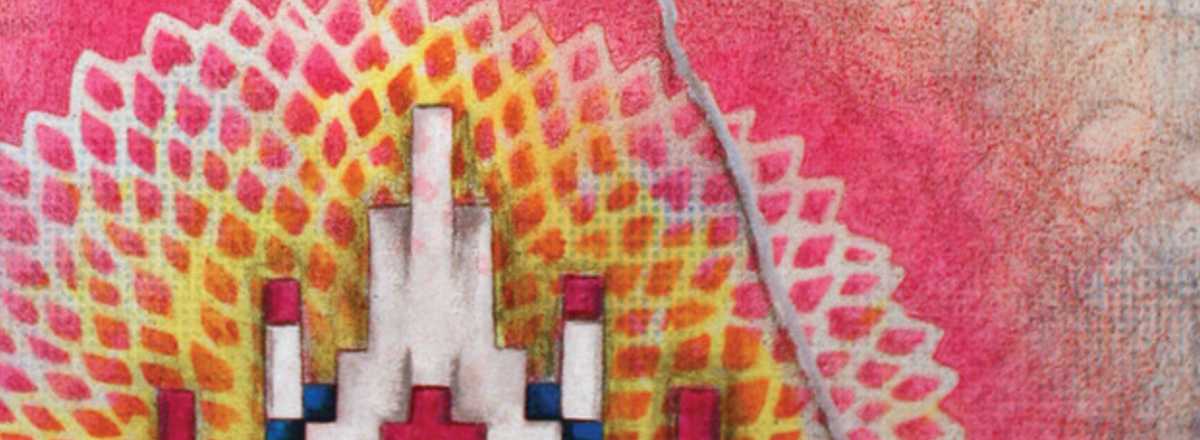Phasmaphobe
Musical albums are a marvelous art form. They can take you away for a time, and it’s a place you can keep returning to. Each phase of life can bring out previously unheard or misunderstood lyrics, bring new meaning to a familiar work. When I discover a new album that catches my ear, I listen to it obsessively until I have internalized it.
My journey in music has mostly centered around live performance, collaborating with other musicians. That’s what I enjoy most about playing music. Sight reading and classical are great for preparation, but they are not what move me. There has to be a danceable beat.
In 2010 after playing in San Francisco area bands for a few years, I decided to make an album with an indie rock piano style. I had been influenced by many artists and wanted to include elements of the following: Pink Floyd, Ben Folds, Phish, John Medeski, Sufjan Stevens, Keith Jarrett, Wilco, and early Genesis.
Through a musical friend I found a studio off Cesar Chavez in SF. It was just around the corner from Secret Studios where I practiced. They had a great set of keyboard instruments including a grand piano and several classic analog synthesizers. It was a perfect match for me.
The owners were kind enough to give me the keys to the place so that I could come in on nights and weekends to work. I was proficient enough around the studio after having looked over their shoulders during daytime recording sessions that I could record simple parts in the control room and edit on Pro Tools without needing to spend money on a professional engineer. When it came to recording B3, Piano, or other acoustic instruments, that required at least another engineer present.
Over the course of a year, with the help of several friends and hired guns, Phasmaphobe materialized.
The album cover was done by my good friend and old bandmate Rob Servo, aka City Kitty. I sent him an image of the Galaga spaceship and he extrapolated from there to create a wonderful painting that still hangs on my wall.
Having spent so much attention on detail and quality during the recording, mixing, and mastering phases, I decided to get a run of vinyl made so that the music could be enjoyed on a turntable. I was surprised to get a call from the vinyl company saying that ASCAP had identified copyright materials on the album. One of the songs, Anything’s Impossible, features audio taken from the BBC documentary series Fun to Imagine, which features Dr. Richard Feynman, one of my personal heroes. Sadly, I had misread the copyright when pulling that audio in. So, to resolve the issue, I called the BBC and managed to negotiate a deal with them where I would pay a one-time royalty fee and be allowed to continue publishing the album.
After finally receiving the boxes of vinyl I had ordered, I set about giving most of them away. I wasn’t interested in profiting or even promoting the album. I had completed the goal I had set out to do - make an album. Those around me encouraged me to gather a band and hit the road to promote it, but that prospect did not appeal to me.
Takeaways:
- Setup and teardown in a professional studio takes a long time and you pay for it
- Mastering is a highly subjective process
- Beware charlatans in the music business
- Always try and see the forest for the trees
- I love being surrounded by musical people and musical gear
- There is no other feeling like creating a complete coherent work of art
